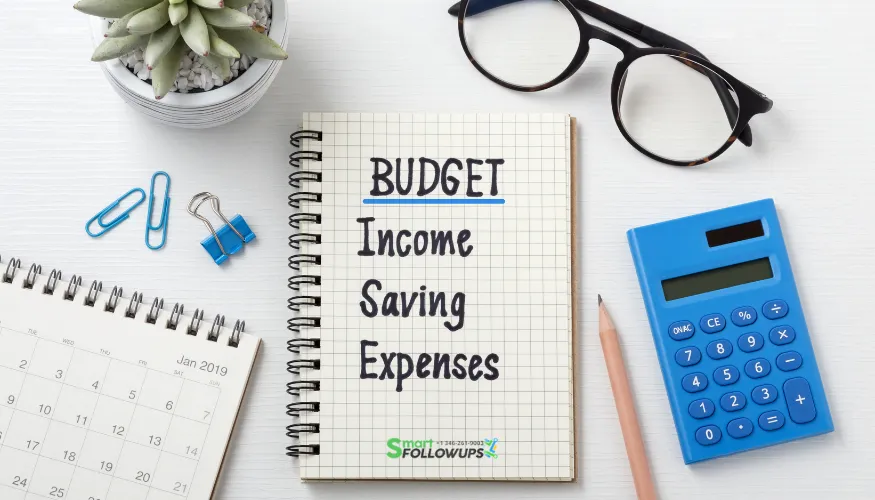Check out & read our Blogs
Explore our collection of informative blogs that serve as comprehensive guides for any industry.


A Step-by-Step Guide: How Do I Create a Budget?
Creating a budget is the financial equivalent of drawing up a roadmap for your money. It's a powerful tool that can help you take control of your finances, achieve your goals, and secure your financial future. However, if you're wondering, "How do I create a budget?" you're not alone. In this comprehensive guide, we'll walk you through the step-by-step process of creating a budget that's tailored to your income, expenses, and financial objectives.
Step 1: Gather Your Financial Information
Before you start creating a budget, you'll need to gather essential financial information. This includes:
Income: Make a list of all your sources of income, such as your salary, freelance earnings, rental income, or any other money coming in.
Expenses: Compile a comprehensive list of your monthly expenses, including fixed expenses (like rent or mortgage, utilities, and insurance) and variable expenses (like groceries, dining out, entertainment, and transportation).
Debts: Note down any outstanding debts you owe, such as credit card balances, student loans, or personal loans.
Step 2: Calculate Your Total Monthly Income
Now that you have a clear picture of your income sources, calculate your total monthly income by adding up all the income streams. This figure represents the money you have available to allocate in your budget.
Step 3: List Your Monthly Expenses
Next, list all your monthly expenses. Categorize them into fixed and variable expenses to make the process more manageable. Fixed expenses typically remain the same each month, while variable expenses can fluctuate.
Step 4: Assign Dollar Amounts to Each Expense
Assign a dollar amount to each expense category based on your typical spending habits. Be as accurate as possible, but don't worry if your estimates aren't exact; you can refine them over time as you track your actual spending.
Step 5: Calculate Your Monthly Savings Goals
Consider your financial goals, both short-term and long-term. These could include building an emergency fund, saving for a vacation, or paying off debt. Determine how much money you want to allocate toward these goals each month.
Step 6: Create Your Budget
Now, it's time to create your budget. Start with your total monthly income and subtract your total monthly expenses, including your savings goals. The result should be zero. A zero-based budget ensures that every dollar has a designated purpose.
Step 7: Track Your Spending
Once your budget is in place, diligently track your spending throughout the month. This will help you stay on course and make adjustments as needed.
Step 8: Evaluate and Adjust
At the end of the month, evaluate how well you stuck to your budget. Did you overspend in certain categories? Did you allocate enough to your savings goals? Use this feedback to adjust your budget for the next month.
Step 9: Continue to Refine
Budgeting is an ongoing process. As your financial situation changes and your goals evolve, continue to refine your budget to align with your priorities.
Creating a budget is a fundamental step in taking control of your finances. It provides clarity, helps you achieve your goals, and fosters responsible financial habits. Remember that your budget is a flexible tool that can adapt to your changing circumstances. By following these steps and staying committed to the process, you can confidently answer the question, "How do I create a budget?" and embark on a journey to financial success.
Are you prepared to #automate?

"Developed to manage your company's entire business system. Build your brand and automate your online sales with personalized email and text campaigns! All these under one platform."
USEFUL LINKS
CONTACT US
Davao City, 8000
Davao Del Sur, Philippines
444 Alaska Avenue
Suite #BSM225
Torrance, California 90503
US Phone: +1 346-241-9003
DOWNLOAD APP
NEWSLETTER
USEFUL LINKS
CONTACT US
Davao City, 8000
Davao Del Sur, Philippines
444 Alaska Avenue
Suite #BSM225
Torrance, California 90503
Phone: +1 866-540-3535
NEWSLETTER
Made with ♥ In Philippines





